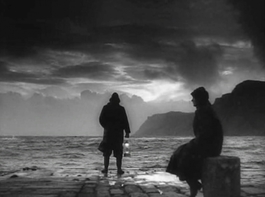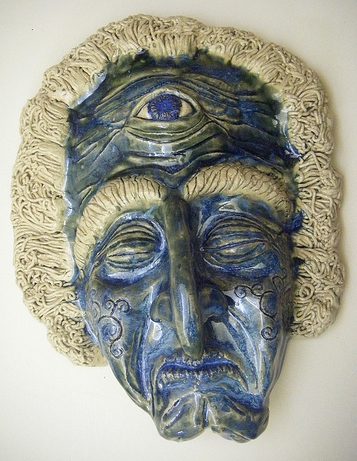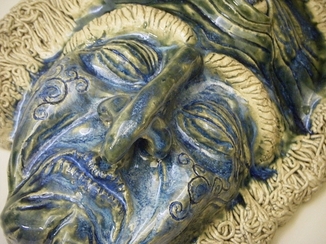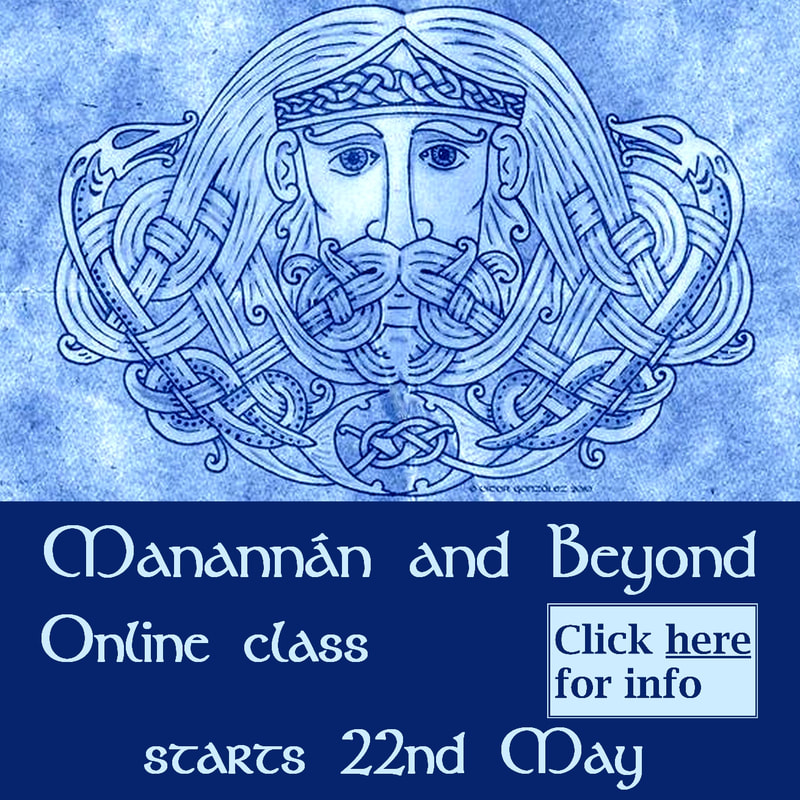Is the Cailleach actually many local weather goddesses? Is she a goddess at all?

I Know Where I'm Going
|
In my mind, even the 1945 Scottish film "I Know Where I'm Going", with its situation of people stormbound, and its famous scene at the Corryvreckan whirlpool, is somehow a continuation of the theme of the young gaining the upper hand over the old, as the heroine, who is destined to marry an older man is wooed and won by the young laird who overcomes him and reclaims his lands. The only thing missing is an actual old woman -- the weather itself takes that role. Or perhaps that part is taken by the young laird's mysterious, slightly older ex, living a strange, elemental life with her deerhounds and shotgun. If you have never seen this film it is a real cracker -- but I digress...
|




 RSS Feed
RSS Feed




